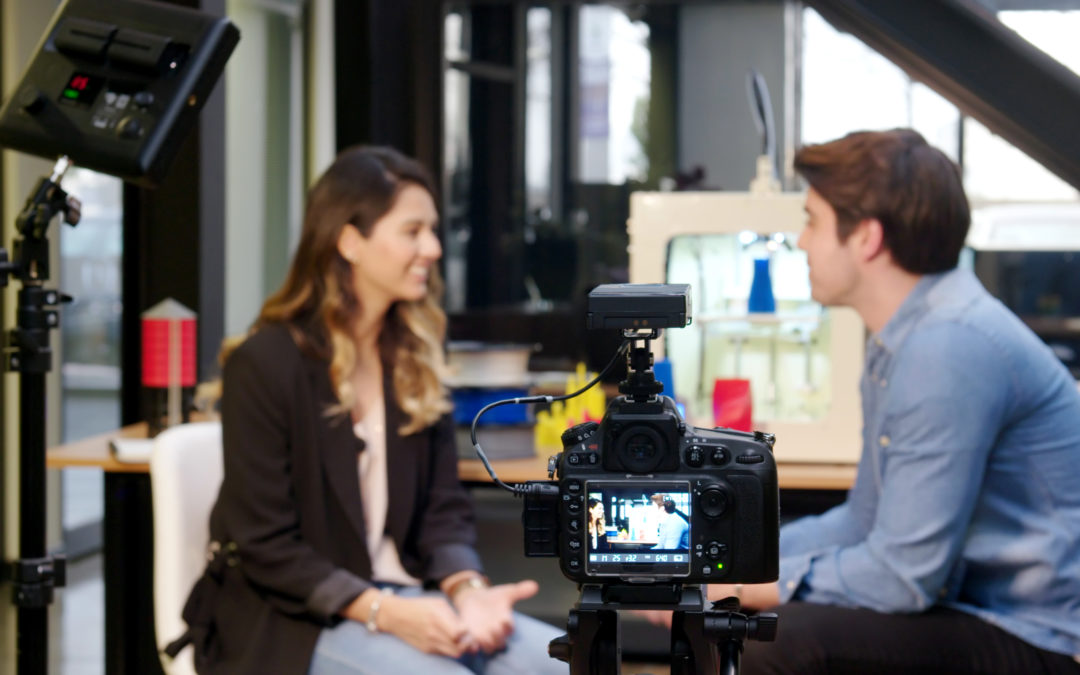In the previous blog post we brought you a series of tips and tricks on how to go about planning and executing a media training event. In this post, we pick up where we left off and add our last pointers for any companies getting ready to have their executives or PR folks media trained.
Build-up
It’s best to not dump a heavy load of theory on trainees and ask them to assimilate it all at once. A good approach to media training is to stagger content in chunks of theory with a bit of practice (the mock interviews we talked about in part I). Theory and practice will build up together gradually for a more complex, nuanced media training. For example, rather than start off by lecturing about bridging, it would be more effective to conduct a challenging interview that will have a trainee thrown off-message, which requires a savvy media trainer, by the way. Give the trainee feedback on how he or she did, then explain what bridging is and why message maps (a.k.a. talking points) are important. Give the next trainee a couple of minutes to prepare the next interview through the preparation of a very basic message map and repeat the interview.
Audiovisual library
Any trainer should have an audiovisual library at hand in which he or she can find radio / television examples that illustrate how other spokespeople have performed (well or otherwise) with respect to different key techniques. Trainees will most easily relate to examples from people from their industry. While building a library is no easy feat and will take time and effort, it’s an effective way to augment media training.
Surprise interviews
The in-house communications staff and media trainer may also decide to throw in a surprise interview. In this case, one or more of the trainees are called in the days leading up to the media training session by the media trainer, who acts as if he or she were a journalist. The conversation is recorded and subsequently listened to (with the consent of the trainee in question) during the media training session. The surprise interviews should be planned and executed with caution as not all trainees are suitable candidates for surprise interviews. Content of the interview must be carefully screened for suitability as well; you certainly don’t want to start a panic among employees with a crisis scenario.
Ambush interviews
How will your trainees perform when they are confronted with a cohort of journalists at their doorstep when big news breaks? It’s definitely an appropriate training scenario for spokespeople who may soon be dealing with crises or big company announcements such as product launches or large acquisitions.
Hot and cold debriefs
Every trainee should have the chance to receive a proper ‘hot’ debrief after a mock interview. Make sure trainees reflect on this their performance before the trainer starts spelling out what went well and what went wrong. Have other trainees join in the conversation and share how they perceived the interview. Ideally, all trainees will a ‘cold’ debrief in the form of a personalized sheet with lessons learned from their own performance they should keep in mind for future reference.
Deliverables
An expert in media training will share print-outs of the slides used (preferably in ‘notes’ format so trainees can add comments). The mentioned ‘cold’ debriefing is another deliverable. It will not be available at the training, but could be sent to the trainees as early as a couple of days after the training. There is also no reason why trainees should not receive their individual unedited performances on video so they can reexamine how things went. Some trainers will also hand out laminated condensed summaries of key delivery principles for trainees to reference next time a journalist calls.
Media trainings must be well designed, prepared and conducted to be efficient and effective. In this 2nd blog post installment (see How to Conduct Media Training – Part 1) we hope you came away with a series of best practices as we apply them at Manzer Communications for our own media training clients.

